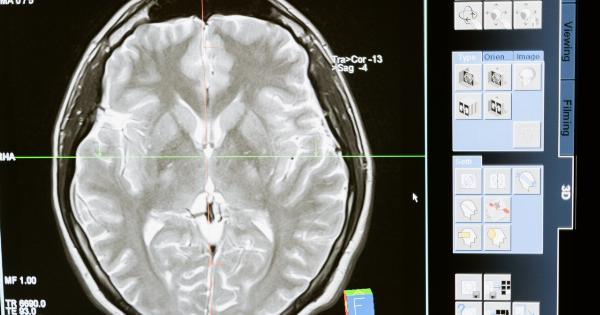Atherosclerosis is a condition in which plaque builds up in the arteries, restricting blood flow and increasing the risk of heart attack or stroke.
Understanding the causes, symptoms, and treatment options for atherosclerosis can help prevent and manage the condition. Here is a visual guide to understanding atherosclerosis.
What is Atherosclerosis?
Atherosclerosis is a condition in which plaque builds up inside the arteries, narrowing and hardening them. Plaque is made up of fat, cholesterol, calcium, and other substances found in the blood.
As plaque accumulates, it can obstruct blood flow and damage the arterial walls, increasing the risk of heart attack or stroke.
Causes
The exact cause of atherosclerosis is not fully understood, but several risk factors have been identified:.
High Cholesterol
High levels of LDL cholesterol, the “bad” cholesterol, can cause plaque build-up in the arteries.
HDL cholesterol, on the other hand, is considered the “good” cholesterol, preventing plaque build-up by carrying cholesterol away from the arteries.
High Blood Pressure
High blood pressure can damage the arterial walls, causing them to thicken and making them more susceptible to plaque build-up.
Smoking
Smoking is a major risk factor for atherosclerosis, as it can damage the arterial walls and promote plaque build-up.
Diabetes
High blood sugar levels can damage the arteries and promote plaque build-up.
Symptoms
Atherosclerosis may not cause any symptoms at first, but as plaque build-up progresses, symptoms may develop. Common symptoms of atherosclerosis include:.
Chest Pain
Chest pain or discomfort, also known as angina, may occur when the heart is not receiving enough oxygen-rich blood due to narrowed or blocked arteries.
Shortness of Breath
Shortness of breath may occur when the oxygen supply to the lungs is reduced due to narrowed or blocked arteries.
Numbness or Weakness
Numbness or weakness may occur in the legs or arms when the blood supply to these areas is reduced due to narrowed or blocked arteries.
Vision Changes
Vision changes, such as blurred or lost vision in one eye, may occur when the blood supply to the eyes is reduced due to narrowed or blocked arteries.
Treatment
Treatment for atherosclerosis aims to reduce the risk of heart attack or stroke by managing risk factors, reducing plaque build-up, and preventing complications. Treatment options include:.
Lifestyle Changes
Healthy lifestyle habits such as following a healthy diet, exercising regularly, quitting smoking, and maintaining a healthy weight can help manage risk factors and reduce the risk of complications.
Medications
Medications may be prescribed to manage risk factors such as high blood pressure, high cholesterol, and diabetes.
Antiplatelet and anticoagulant medications may also be prescribed to prevent blood clots from forming and causing a heart attack or stroke.
Procedures
In some cases, procedures such as angioplasty, stenting, or bypass surgery may be necessary to increase blood flow to the affected arteries and reduce the risk of complications.
Prevention
Preventing atherosclerosis involves reducing risk factors and adopting healthy lifestyle habits such as:.
Eating a Healthy Diet
A healthy diet rich in fruits, vegetables, whole grains, lean protein, and low in saturated and trans fats can help manage cholesterol levels and reduce inflammation.
Regular Exercise
Regular exercise can help manage weight, reduce blood pressure, and improve cholesterol levels.
Quit Smoking
Quitting smoking can reduce the risk of complications and promote overall health.
Manage Chronic Conditions
Managing chronic conditions such as diabetes, high blood pressure, and high cholesterol can help reduce the risk of complications.
Conclusion
Atherosclerosis is a condition in which plaque builds up in the arteries, increasing the risk of heart attack or stroke. Understanding the causes, symptoms, and treatment options can help prevent and manage the condition.
By adopting healthy lifestyle habits and managing risk factors, it is possible to reduce the risk of complications and promote overall health.































